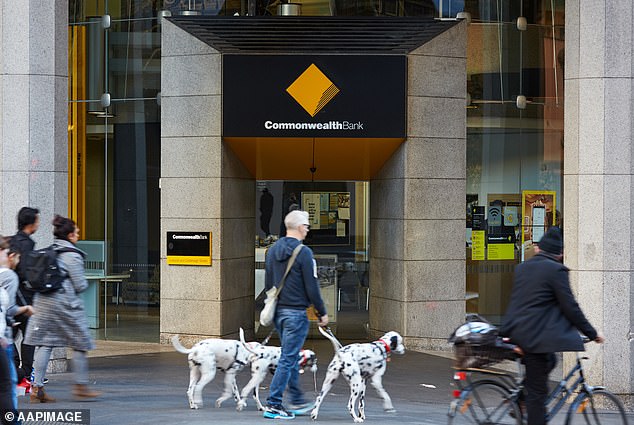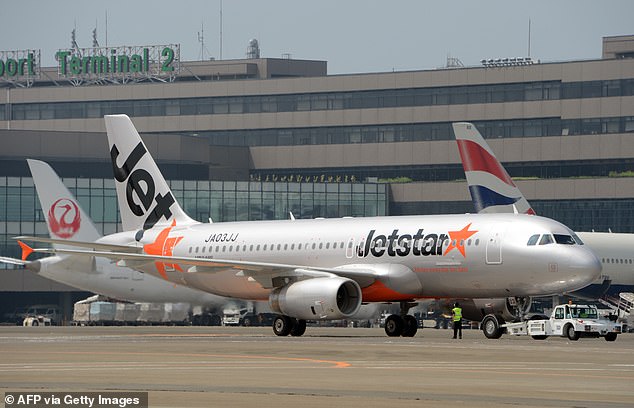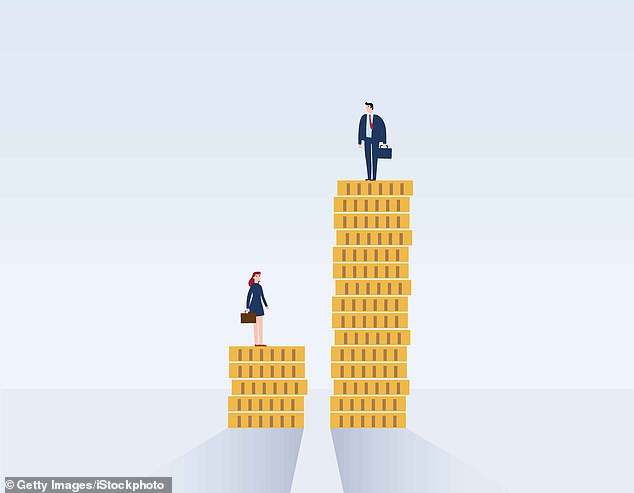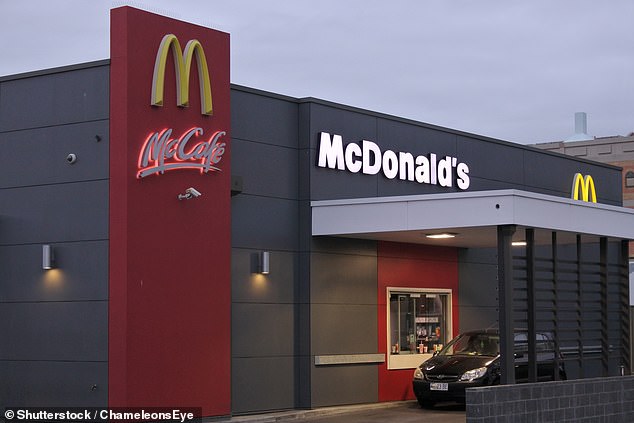The gender pay gaps at some of Australia’s largest employers have been published for the first time in a bid to increase transparency and workplace equality.
The data, published by the Workplace Gender Equality Agency (WGEA), has been broken down by industry into base salaries and total pay including superannuation, overtime and bonuses.
Employers are being warned that ignoring gender pay gaps within their organisations will be at their peril as remuneration data from thousands of companies is made public for the first time.
The national average for median gap of remuneration paid by gender is 19 per cent, equivalent to women earning $17,252 less than men annually based on average salary.
Major airlines, telecom providers, billionaire-owned companies and the big Four Banks are all among companies that have paid men 20 per cent more than women.
The company behind Australia’s richest person Gina Rinehart, Hancock Prospecting, reported paying women 25 per cent less, accounting for about $22,700 in wages.

The gender pay gaps of Australia’s largest companies are being made public for the first time
About 90 per cent of employers in the mining, electricity, water and waste services, and financial and insurance services industries, have a gender pay gap favouring men.
More than 80 per cent of those employers have a gap above 9.1 per cent.
There is also a link between more women in leadership roles and lower pay discrepancies, while employers with gender balance in management roles were 50 per cent more likely to have a neutral pay gap.
Australia’s largest airlines reported some of the biggest pay gaps with Jetstar, Virgin and Qantas reporting median pay gaps of 43.7 per cent, 41.7 per cent and 37 per cent, respectively, while Rex has a gap of 26.8 per cent.
Qantas Group chief people officer Catherine Walsh said the data did not mean women were paid less than men to do the same jobs.
Rather, there was significant under-representation of women in more highly paid roles such as pilots and engineers – jobs the airline said it was working to encourage more women into.
‘The years of training required for these roles means improving the gender balance of these work groups will take time,’ Ms Walsh said.

The Commonwealth Bank paid women 29.9 per cent less than men, the most out of the Big Four banks

Major airlines also reported gaps larger than the national average, the biggest of which was Jetstar who paid women 43.7 per cent less than men
The big four banks also reported significant pay gaps in favour of men, with NAB revealing a difference of 18.8 per cent, 23.1 per cent at ANZ, 28.5 per cent at Westpac and 29.9 per cent at the Commonwealth Bank.
A CBA spokesperson said women reflected 54 per cent of the bank’s local workforce and 44 per cent of leadership roles.
But 71 per cent of customer service and operational roles, which typically have lower rates of pay, were held by women.
‘CBA’s median pay gap reflects many factors influencing the gender pay gap more broadly, including the types of roles performed by women, the seniority of those roles and the composition of the workforce,’ the spokesperson said.
Telecom providers Optus, Telstra and TPG – who own Vodafone and iiNet – all reported gender pay gaps of 14.7, 20.2 and 21.5 per cent respectively.
‘Telstra’s gender pay gap, as identified in the WGEA report, is a result of having more men employed in technical, leadership or specialist roles, where market remuneration is higher,’ the company’s Group Executive of People, Culture and Communications, Kathryn van der Merwe, said in a statement.
Ms van de Merwe said Telstra will ‘do deeper analysis of these areas to make sure our current initiatives are going far enough, or identify additional steps we can take that will make an even greater difference’.

Women are on average being paid $17,252 less than men annually after remuneration
The nation’s largest fast food chains were all below the nation’s average, however McDonald’s reported paying men and women completely even.
KFC reported a gap of just 1.1 per cent while Hungry Jacks and Guzman Y Gomez reported wage gaps of 2 per cent and 7.1 per cent.
‘We are committed to fostering a culture of equity and inclusivity, which includes addressing gender pay disparities in our workplace,’ a statement from Guzman Y Gomez reads.
‘Through ongoing analysis and proactive measures, we will continue to actively work to ensure fair compensation practices for all employees, regardless of gender.’
The companies behind Australia’s richest people also reported gaps, the largest of which comes from Gina Rinehart’s Hancock Prospecting at 25 per cent.
Mining company Fortescue, founded and chaired by $2billion man Twiggy Forrest, reported a gap of 9.4 per cent while Visy Industries, run by recycling and packaging heir Anthony Pratt had a 17.9 per cent wage gap.

Fast food chain McDonald’s was the only major fast food chain to have no wage gap
WGEA chief executive Mary Wooldridge said the data release, made possible by a legislative reform passed in 2023, was a significant step forward in understanding gender equality in Australian workplaces.
‘Transparency and accountability is actually beneficial to employees, to the community and to the nation as a whole because gender equality is beneficial on all of those levels,’ she said.
‘(Pay gap reporting) is something that’s happened in other countries with very positive outcomes, and it’s a useful step in the journey to equality.’
While there was no legal requirement for organisations to reduce pay gaps, Ms Wooldridge said employers who failed to act on the data would be disadvantaged.
‘Employers can choose how they respond in relation to the publishing of this information, we’re not requiring them to do anything,’ she said.
‘But I think they fail to act on gender equality at their peril.
‘Employers need to understand that this information can really be shaping the decisions of their future workforce.’











